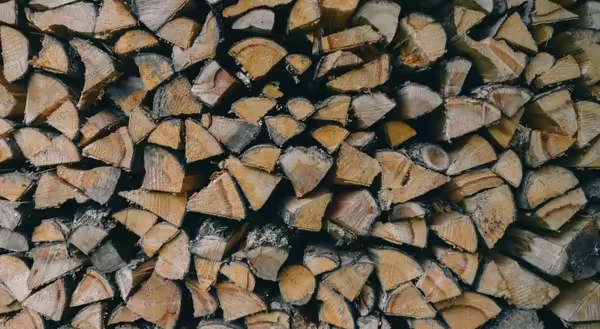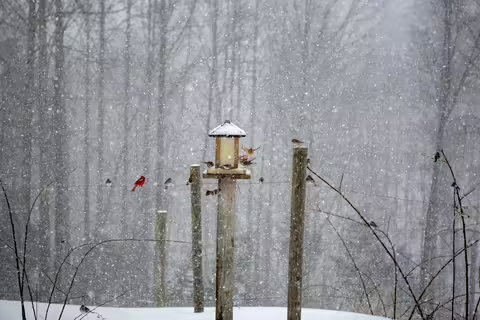
With fall well underway and winter approaching, helping our feathered friends through the winter and firewood for indoor use are popular topics. Both projects seem simple enough, yet some level of planning is in order to be sure all goes well, so starting early is the best way to go.
Feathered Friends
Feeding the birds needs to start sooner than you may think. Birds need to know early on that there will be something to eat on a regular basis if you want them to hang around in your yard. Now is the time to get those feeders up and secured for the winter.
- Birdseed: To keep waste to a minimum, consider seed that will more likely attract your favorite birds. This can be more cost-effective, as unwanted seed ends up on the ground or patio, attracting ground squirrels and other four-legged critters.
- The Feeder: You may end up with several feeders catering to a variety of birds. While it is important to start early, be ready to feed all winter long to truly help our feathered friends.
- Water: Of those feeding the birds, few may think about supplying water too. Consider birdbaths that have a heating element to keep them from icing solid so water is available all winter as well.
Firewood & Fireplaces
It may not be critical to have the best firewood to burn in the outdoor fire pit, but it is a different story for the indoor fireplace. As a rule, the heavier the firewood given the same moisture content, the more heat it will provide. This is something to consider if you have choices of species when you purchase firewood.
- Choose seasoned firewood: Firewood should be cut and split, if it is more than 6" in diameter, and dried to reduce moisture content. Each end of the log should be a gray color and have check marks showing moisture loss.
- Leave space when stacking firewood: When stacking the firewood next to the outside wall of the home, leave a few inches between for good air movement.
- Keep it dry: Firewood should be around 20% to 25% moisture to burn well and limit smoke. If you have purchased your firewood, keep it dry before you burn it by covering it. Make the woodpile covering easier to use or you will find yourself leaving the cover off and allowing the wood to reabsorb the water you paid to remove.
- Don't burn “green” wood inside: It will take heat away from the room and can add substantially to creosote buildup in the chimney. Outdoors, it can make so much smoke you cannot sit close enough to enjoy the fire.
- Avoid bringing in pests: Only bring inside as much firewood as you expect to burn in one week. It usually takes more than a week to “thaw out” any outdoor insects hiding out in cracks and crevices on the bark. Keeping to this rule should keep insects from wandering around, and while they are not likely to do damage indoors, they can be a nuisance.
Whether you plan to watch the birds in your yard and/or gather around the fireplace, be sure to plan ahead and make smart choices to enjoy both activities this coming winter.
About the author: Richard Hentschel’s expertise extends across several subject areas with specialties in lawn care, fruit tree production, woody ornamentals, and home and community gardening. During his 45-year career in horticulture and agriculture, Hentschel became a well-known and respected expert for commercial and homeowner audiences, industry organizations, and media. He retired from University of Illinois Extension in April 2022 with nearly 30 years of service as a Horticulture Specialist and Educator in northern Illinois.
